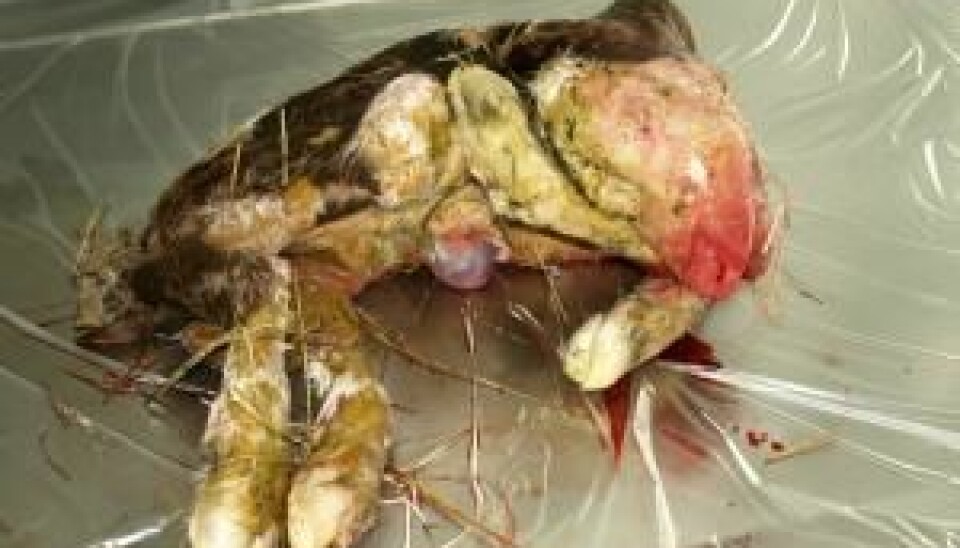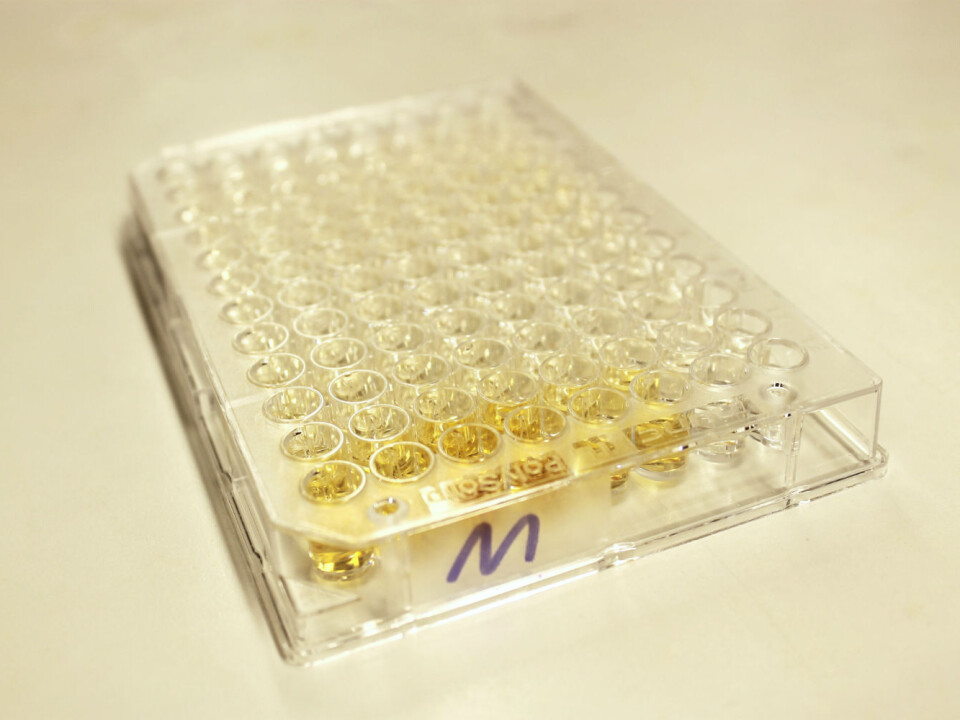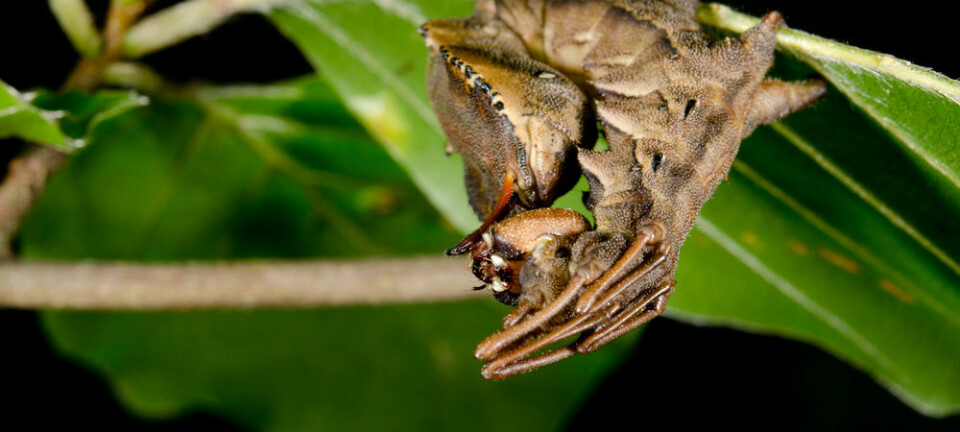
Secret mission of microscopic drones revealed
Vaccinations of cattle and sheep against insect-borne diseases cost society millions each year. Danish researcher sheds new light on how the little bloodsucking creatures spread disease.
A new research project describes the targeted upwind flight of midges on a mission to suck blood. The findings put the spread of insect-borne diseases in an entirely new light.
Another interesting finding is that the midges can fly two kilometres against the wind in a single night, which is quite impressive.
The research was carried out at the Danish National Veterinary Institute (DTU VET), and has been published in the journal PLOS ONE.
New diseases from blood-sucking midges
The ruminant disease bluetongue virus and the similar disease, Schmallenberg virus, were only recently detected in northern Europe, where they caused major epidemics.

The first outbreak of bluetongue virus was discovered in 2006 and spread to the whole area during in four years. The Schallenberg virus is new to science and thus came as a big surprise as it spread like wildfire through northern Europe. Both diseases cause lesions, paralysis, a swollen head, fever, miscarriages, deformed offspring and increased mortality in animals such as cattle and sheep.
These are serious diseases for the approximately 1.5 million cattle and 100,000 sheep in Denmark. The diseases are spread by midges, which formed the basis of my PhD project.
Since midges are the size of a pinhead, it is impossible to trace their behaviour with the naked eye. They are nocturnal and fly around like drones, so to speak, taking in a meal of blood roughly every four days.
The midges bite cattle, sheep, birds – and humans, too. In Denmark, however, ruminants are so far the only animals at risk of becoming infected by midges.
New method with fluorescent powder

Scientists use epidemiological computer models to simulate outbreaks and to find out how best to stop an epidemic of e.g. bluetongue virus. However, an accurate prediction of an outbreak requires an understanding of the midges’ behaviour: in which direction will they spread the infection, and how fast can they fly?
These are some of the questions I have focused on in my PhD project, for which I have developed a new technique for labelling the midges. The technique ensures that the midges can be captured, labelled, released and then recaptured – thus enabling me to monitor them in their natural habitat.
Some 30 years ago researchers tried to label midges in nature using three experiments. The results were ambiguous and they did not manage to crack the code on the midges’ flight. The researchers tried to sprinkle fluorescent powder (which is visible under UV light) on the midges, release them, recapture them and then check if any of the midges had powder on them.
But since the naked eye is not very sensitive, this proved to be an inadequate method. To overcome this hurdle, I decided to use a so-called plate reader, a laboratory instrument which can be used to scan 96 samples at a time for e.g. antibodies or proteins.

In this case I used the plate reader to scan 96 midges at a time to see if they had powder on them. In this way I could detect tiny amounts of powder which are not visible to the naked eye.
Midges are effective at spreading diseases
To test this method in the field I used an area with a cattle farm and a pig farm, which were separated by approximately two kilometres. I placed 45 UV light traps around the area to see where the midges flew, after which I released a number of labelled midges into the cattle farm.
Over the course of the experiment I caught some 25,000 midges, which I then scanned in the plate reader. The results showed that one-third of the midges that had been recaptured had flown to the pig farm two kilometres upwind. It also turned out that they could fly this far in only a single night.
This tells us that the midges spread in a targeted way against the wind and go straight for new animals from which they can suck blood.
It is also interesting to note, from an epidemiological perspective, that so many midges flew to the pig farm, as this makes the midges an effective spreading mechanism for insect-borne diseases.
Midges track down their next prey
Evidence suggests that we in northern Europe should get used to more diseases that are spread by insects, including midges.
It is therefore important that we learn more about their behaviour and study their impact on disease outbreaks. Up to now it has been assumed that the midges flew around randomly in the landscape and thus spread diseases at random.
The findings from this project reveal that the midges track down their prey in a targeted way and fly like tiny drones upwind to suck blood.
The existing computer models for the spread of diseases such as the Schmallenberg and the bluetongue virus can now be updated with the new knowledge, and we can now predict with greater accuracy the size, direction and the duration of a new disease outbreak.
We can now also examine the most likely time of an outbreak and thus focus our search for diseases on the most likely locations. All this allows us to respond quickly, for instance by vaccinating against the bluetongue virus, as we did in Denmark in 2008. We can thereby avoid major outbreaks of terrible diseases for the benefit of the economy and animal welfare.
------------------
Read the Danish version of this article at videnskab.dk
Translated by: Dann Vinther







